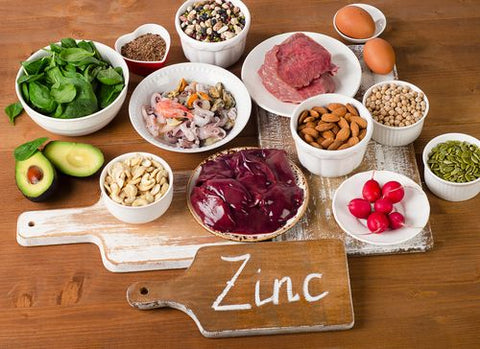Calcium and vitamin D are the two most important nutrients for bone health.
Bones support your body, give it shape, and help you move. They also help protect your heart, lungs, and brain. Although bones feel hard and stiff, they are living tissue that is constantly being rebuilt throughout your life.
After age 30, you may begin to experience bone loss faster than your body can build bone, which can weaken bones and make them more likely to break. Some bone loss is natural as men and women age, but the risk of significant bone loss is higher for women. Throughout your adult life, it's important to take steps to ensure you don't lose too much bone and risk breaking it easily from a fall or trip.
These precautions are even more important during menopause . When you enter menopause, your levels of estrogen and other hormones drop dramatically. Estrogen helps maintain bone density, so this drop can result in significant bone loss and, over time, low bone density.

The most common bone ailments in menopause
Osteoporosis resulting from bone loss after menopause
Osteoporosis is a systemic disease characterized by weakening and decreased bone mass, which is accentuated with menopause due to the sudden cessation of estrogen production by the female body.
There are other risk factors such as advanced age, smoking, extreme thinness or a family history of fractures that will also promote the appearance of this bone disease.
To prevent osteoporosis from worsening, some of the recommended tips are eating foods that contain large amounts of calcium and vitamin D , using creams with high sun protection and avoiding uncontrolled consumption of alcohol and tobacco.
Joint wear due to cartilage degeneration
Approximately 80% of women who go through menopause have joint pain, almost half of which is intense and difficult to bear, as reflected in one of the studies carried out by the Spanish Association for the Study of Menopause.
Osteoarthritis is a debilitating disease that affects more women than men, especially after the age of 45, when this prevalence increases.
The decrease in hormones is one of the main causes of osteoarthritis, that is, the wear and tear of joint cartilage. The most common areas of the body to suffer from this condition are the hands, knees, hips and spine.

Joint inflammation caused by menopause
Joint inflammation is mainly caused by hormonal changes during menopause, as well as by the deficiency of certain substances in the body, such as calcium and vitamin D.
To prevent rheumatoid arthritis from getting worse, the best thing to do is to change to a healthier lifestyle, avoiding putting extreme stress on the joints such as a sedentary lifestyle or excessive strain on the joints. There is no treatment that can eliminate it, but there is one that can help people live with it with a good quality of life.
Why is menopause such a determining factor in osteoporosis?
Bone is a dynamic tissue that is continually changing throughout life. Despite its solid appearance, which may give us the image of being immutable, the bone system is actually in continuous growth, remodelling and self-repair. That is to say, at the same time that old tissue is destroyed, new tissue is built, constantly renewing itself even in adulthood, when the bones have stopped developing. However, there are factors that can alter this evolution, making the resorption process predominate, resulting in a loss of bone mass, and among these factors are the hormones that are altered during menopause.
Estrogens maintain the balance between the cells that renew bone, the osteoclasts, and those that fill the gaps left by the bone removed in the renewal process, the osteoblasts.
During menopause, estrogen levels decrease, triggering the activation of osteoclasts, which induces an acceleration of bone resorption and destruction, without associated renewal. Therefore, the result is a loss of bone mass that, if it continues to progress, ends in osteoporosis, especially in women who are more prone to it.
Given the clear relationship between menopause and osteoporosis, it is recommended that women who are in the menopausal period (who have passed 12 months since their last menstruation) undergo a bone density test to examine the state of their bones.

Improving bone health with exercise and diet
Although we cannot fight against the changes that hormones or age cause in the body, we can take steps to prevent osteoporosis.
Since bone is in a continuous process of change, it is also in our hands to promote its development, since it is possible to stimulate remodeling through daily exercise: a bone subjected to stress becomes stronger and is more difficult to break. In addition, it is advisable to exercise outdoors whenever possible.
A proper diet, with sufficient calcium supply in the stages prior to hormonal changes, will help prevent bone loss.
Other recommendations to prevent the risk of osteoporosis include moderate sun exposure, preventing falls and regular check-ups with a specialist. Taking calcium or vitamin D supplements improves bone mineral density.





Comments (0)
There are no comments for this article. Be the first one to leave a message!